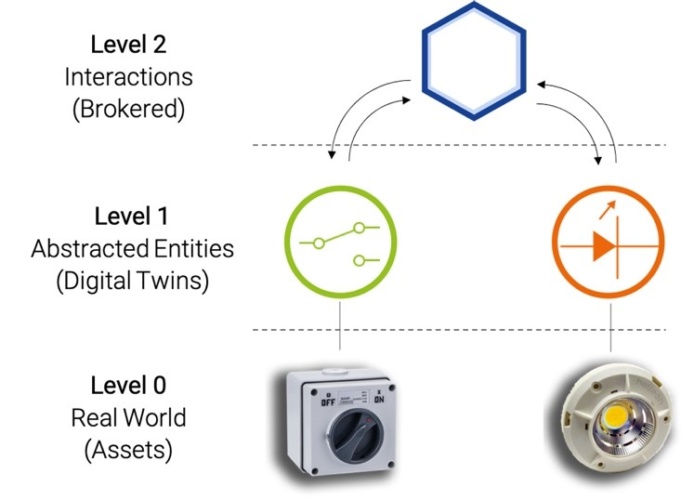The Age of the Digital Twin
 Ali Nicholl from Iotic outlines why we need digital twins, what they are and how we can all benefit from a new digital twin age.
Ali Nicholl from Iotic outlines why we need digital twins, what they are and how we can all benefit from a new digital twin age.
There is a school of thought that there have to date been two technology platforms that truly leveraged the power of algorithms. The first was the World Wide Web, which enabled information to be shared and algorithms to be applied.
The second was social media. The rise of Facebook, Twitter, and others created digital versions of individuals, enabling the application of machine learning to understand and influence our interests, careers, relationships, and lives.

We have digitised and interrelated information and individuals, but what of a third platform? Kevin Kelly whose title is Senior Maverik at Wired Magazine described the third platform: “all things and places will be machine-readable, subject to the power of algorithms. Also, like its predecessors, this new platform will unleash the prosperity of thousands more companies in its ecosystem, and a million new ideas—and problems—that weren't possible before machines could read the world."
Register now to continue reading
Thanks for visiting The Engineer. You’ve now reached your monthly limit of premium content. Register for free to unlock unlimited access to all of our premium content, as well as the latest technology news, industry opinion and special reports.
Benefits of registering
-
In-depth insights and coverage of key emerging trends
-
Unrestricted access to special reports throughout the year
-
Daily technology news delivered straight to your inbox










UK Enters ‘Golden Age of Nuclear’
The delay (nearly 8 years) in getting approval for the Rolls-Royce SMR is most worrying. Signifies a torpid and expensive system that is quite onerous...